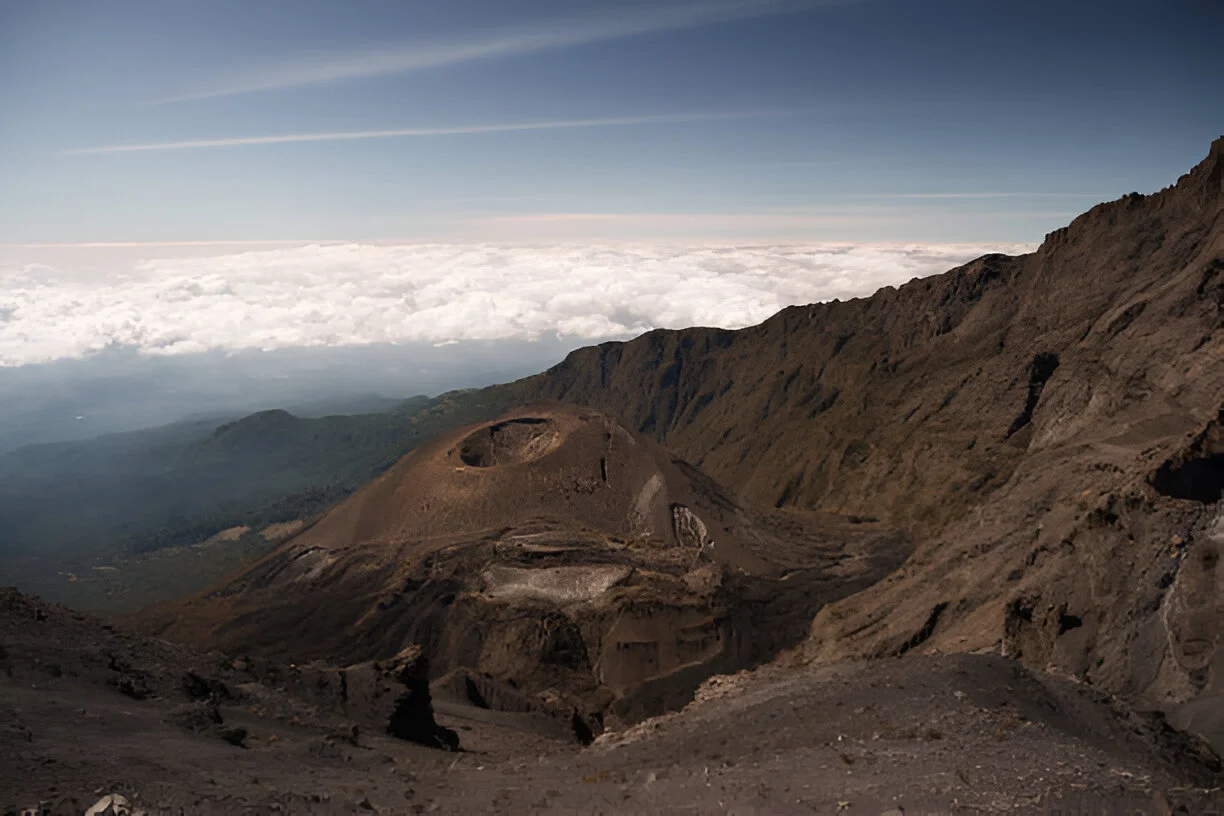Call +255 783 884 129
Tanzania Safari in January is one of the most exciting and beautiful times to explore the country’s national parks. January marks the start of the green season, bringing fresh grass, clear skies, and new life across the plains. The famous Serengeti is full of wildlife, especially in the southern region around Ndutu, where thousands of wildebeests give birth a magical event known as the calving season.
Although short rains may fall, the landscape turns lush and colorful, making it perfect for photography and peaceful game drives. Parks are less crowded, and animals are easier to spot with their newborns, offering visitors a true sense of wilderness and calm.
The weather during January in Tanzania is warm and pleasant. Daytime temperatures average between 25°C and 30°C, with cooler nights in higher altitudes like the Ngorongoro Highlands. Occasional short showers bring fresh air but do not interrupt safari activities. Roads and camps remain accessible, and the scenery is at its best green, alive, and full of wildlife action.
A January Safari in Tanzania gives you a front-row seat to the Great Migration calving season in Ndutu, where nearly half a million baby wildebeests are born within weeks. This attracts large predators such as lions, cheetahs, and hyenas, offering dramatic wildlife encounters.
In the Serengeti, visitors also see elephants, giraffes, leopards, zebras, and hundreds of bird species. The Ngorongoro Crater remains excellent for spotting the Big Five, while Tarangire National Park offers elephants, baobabs, and peaceful scenery.
For photographers and nature lovers, January is a dream soft light, dramatic skies, and healthy, active animals everywhere.
Choosing to travel in January gives you a balance of great weather, beautiful scenery, and fewer tourists compared to peak months. Safari lodges and camps often offer better prices, making it a smart and rewarding time to visit. The calving season also makes this month special — it’s a once-in-a-lifetime chance to witness new beginnings in the wild.
During January, the southern Serengeti and Ndutu area are the best places to visit, as the wildebeest herds gather here for calving. The Ngorongoro Conservation Area offers scenic crater views and dense wildlife. If you want a quieter experience, visit Tarangire and Lake Manyara National Parks for birdwatching and elephants.
Those who enjoy walking safaris and cultural experiences can combine their trip with village visits around Mto wa Mbu or Lake Eyasi, where you can meet the Hadzabe and Datoga tribes.
January’s soft light and green landscape make it perfect for photography. Dust-free skies bring clear sunrise and sunset shots, and baby animals add warmth to every frame. The lush vegetation and colorful birds provide endless beauty for both amateur and professional photographers.

Yes, January is one of the best months for safaris, especially for the Great Migration calving season in the southern Serengeti and Ndutu area.
There may be short, light rains, but they do not affect game drives. The weather stays warm and enjoyable throughout most safari destinations.
In January, the herds are mainly in the Ndutu plains of the southern Serengeti and northern Ngorongoro area.
Yes, most lodges and tented camps remain open, and this month often offers better deals due to fewer crowds.
Most travelers can obtain a visa on arrival at Kilimanjaro International Airport (JRO) or apply online via the official Tanzania e-visa portal before the trip. Bush Lion Tours provides full guidance and documentation support if you wish to process your visa before arrival.
A tourist visa usually costs $50 USD and is valid for 30 days. For travelers from certain countries such as Iran, Pakistan, or Lebanon, applying online or through the nearest Tanzanian Embassy is recommended to avoid delays. If you choose the visa on arrival, it may take extra time at the airport, so pre-arranging online can save valuable hours upon landing.
Pack lightweight clothes, a hat, sunscreen, insect repellent, and a light jacket for cooler evenings. Don’t forget binoculars and a good camera!
Yes, many travelers enjoy relaxing in Zanzibar after their safari. January has warm, sunny weather — ideal for swimming and snorkeling.
100% local tour company based in Tanzania. We offer Kilimanjaro climbs, wildlife safaris, Zanzibar trips, and cultural tours. Travel with experts. Support local.

© 2025 Bush Lion Tours. All Rights Reserved. | Website by Bush Lion Team 🇹🇿